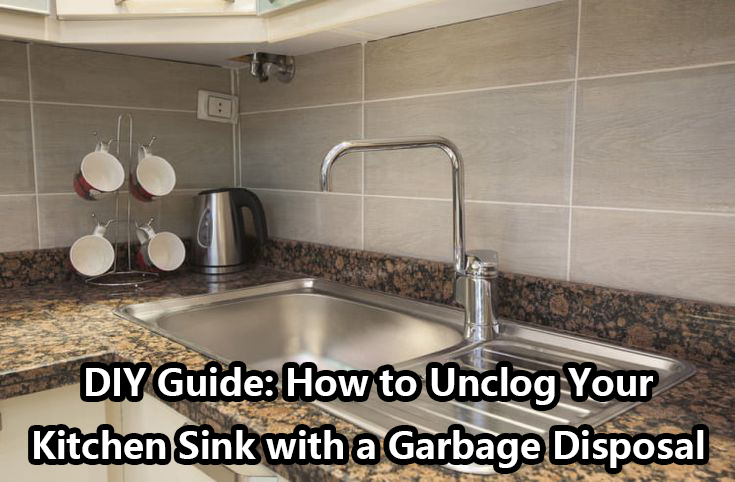
Unclogging a kitchen sink with a garbage disposal can seem like a daunting task, but with the right approach and tools, you can tackle the job effectively and safely. Here is a comprehensive guide on how to unclog your kitchen sink with a garbage disposal:
Understanding the Problem
A clogged kitchen sink with a garbage disposal is a common household issue. It can be caused by food scraps, grease, or other debris that gets stuck in the pipes or the disposal itself. Before you start, it’s essential to identify whether the clog is in the garbage disposal or further down the plumbing system.
Safety First
Before attempting any repairs, safety should be your top priority:
- Turn Off the Power: Ensure the garbage disposal is completely turned off. Unplug it from the power outlet or switch off the circuit breaker to avoid any accidental activation.
- Do Not Use Chemical Drain Cleaners: These can damage your disposal and pipes. Instead, opt for safer, more effective methods.
Tools You Will Need
- Flashlight: To see inside the disposal.
- Allen Wrench: Usually, disposals come with a small wrench to manually turn the blades.
- Plunger: A standard plunger can help dislodge clogs.
- Pliers or Tongs: To remove debris.
- Bucket and Towels: To catch water and keep the area clean.
- Baking Soda and Vinegar: For a natural cleaning solution.
Step-by-Step Guide: How to Unclog Your Kitchen Sink with a Garbage Disposal
1. Check for Obstructions
Visual Inspection: Use a flashlight to look inside the disposal. Do not put your hand inside the unit. If you see any obvious debris, use pliers or tongs to remove it.
2. Use the Allen Wrench
Most garbage disposals have a hole at the bottom where you can insert an Allen wrench. This allows you to manually turn the blades and potentially free up any blockages.
Procedure:
- Insert the Allen wrench into the hole and turn it back and forth.
- If you feel resistance, continue turning until it moves freely.
3. Reset the Disposal
After attempting to turn the blades, locate the reset button on the bottom of the disposal. Press it to reset the unit. This can sometimes fix the issue if the disposal has tripped due to a clog.
4. Plunge the Sink
If the disposal itself isn’t the problem, the clog might be further down the drain. Here’s how to use a plunger:
Procedure:
- Fill the sink with enough water to cover the plunger’s rubber cup.
- Position the plunger over the drain and create a seal.
- Push the plunger up and down vigorously.
- If you have a double sink, make sure to cover the other drain to maintain pressure.
5. Use a Natural Cleaner
Sometimes, a buildup of grease and grime can cause clogs. A mixture of baking soda and vinegar can help break down these substances.
Procedure:
- Pour half a cup of baking soda down the drain.
- Follow with a cup of vinegar.
- Let the mixture sit for 15-30 minutes.
- Flush with hot water.
6. Check the P-Trap
If plunging and cleaning don’t work, the clog might be in the P-trap (the curved pipe under the sink).
Procedure:
- Place a bucket under the P-trap to catch any water.
- Use a wrench to loosen the nuts on either end of the trap.
- Remove the trap and check for clogs.
- Clean out any debris and reassemble the trap.
Preventing Future Clogs
To avoid future clogs, consider these tips:
- Use Cold Water: When running the disposal, always use cold water. This helps solidify any grease, making it easier for the disposal to chop it up.
- Avoid Certain Foods: Don’t put fibrous foods (like celery), starchy foods (like potato peels), or large bones down the disposal.
- Run Disposal Regularly: Regular use helps prevent rust and corrosion.
- Clean the Disposal: Periodically clean the disposal with ice cubes and salt or a specialized disposal cleaner to keep it free of buildup.
When to Call a Professional
If you’ve tried all these steps and your sink is still clogged, it might be time to call a plumber. Persistent clogs can indicate a more serious issue further down the plumbing system that requires professional equipment and expertise.
Conclusion
Unclogging a kitchen sink with a garbage disposal involves a systematic approach, focusing on safety and methodical troubleshooting. By following these steps, you can typically resolve the issue yourself. However, always remember that professional help is available if needed. Keeping your disposal and sink well-maintained can prevent future problems and ensure your kitchen remains functional and efficient.
 WOWOW Faucets
WOWOW Faucets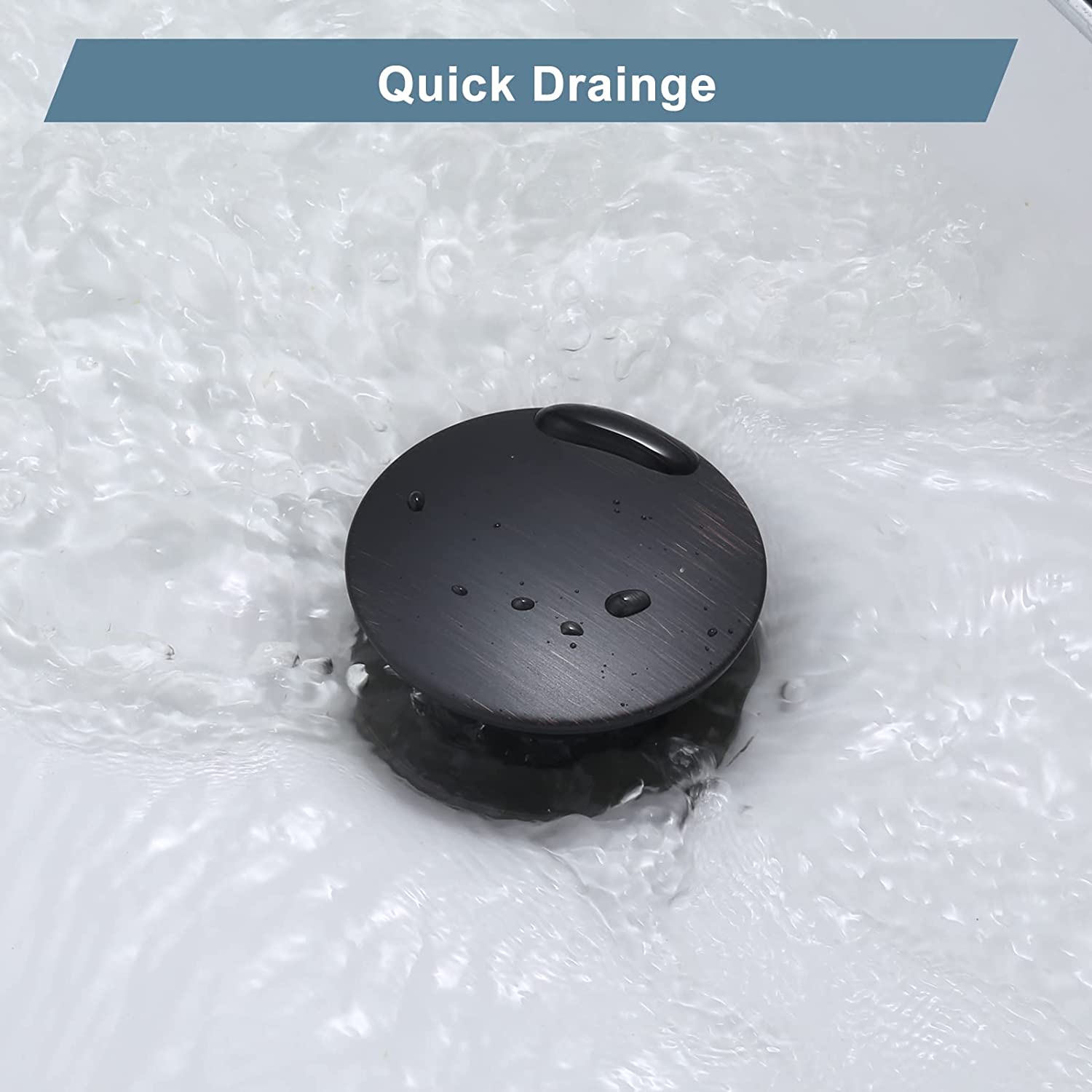

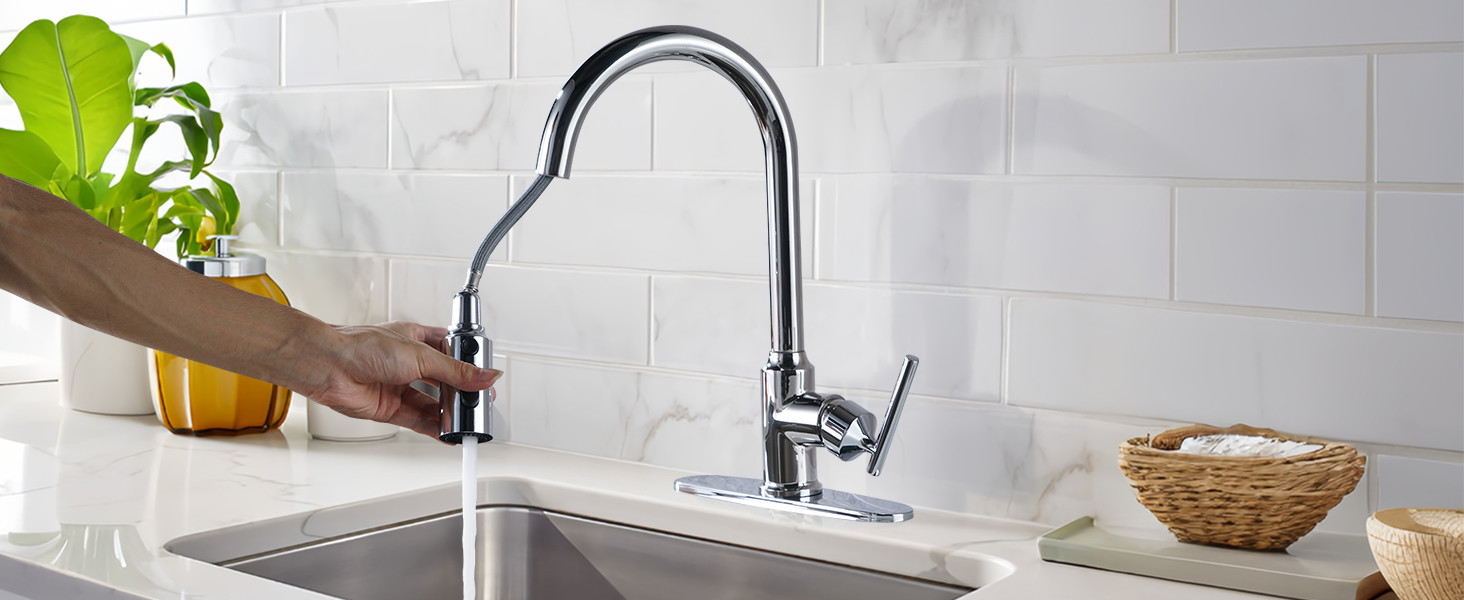

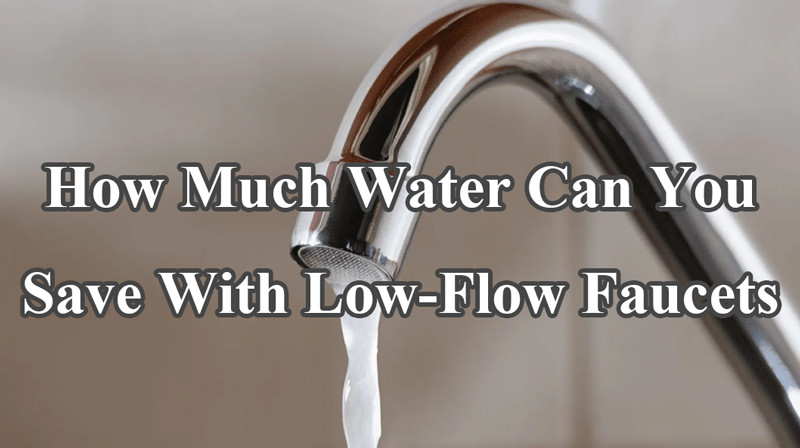
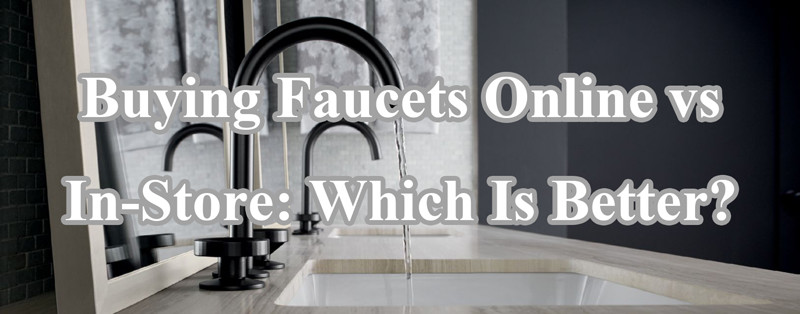

您好!Please sign in